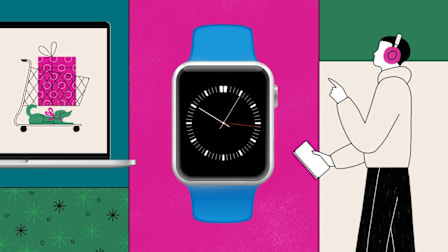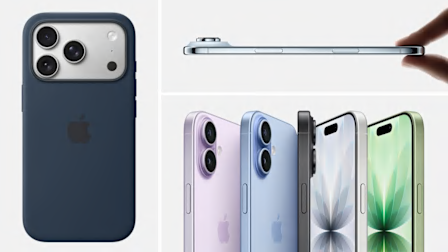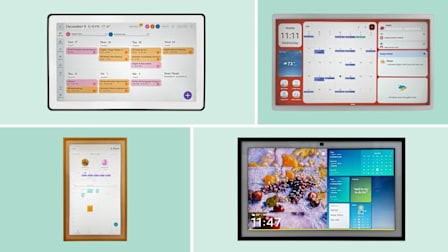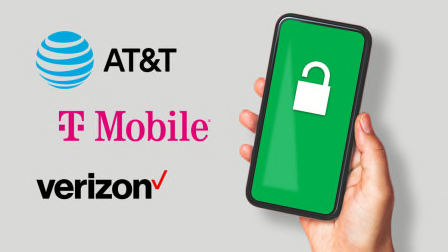Best 5G Phone for You
Looking for a 5G-compatible phone? These models from Apple, Samsung, and OnePlus deliver what you need, even when priced below $500.
When you shop through retailer links on our site, we may earn affiliate commissions. 100% of the fees we collect are used to support our nonprofit mission. Learn more.

Just a few years ago, the number of phones that supported 5G was so small that we could list them all on one page. Today, the tech is a standard feature, appearing even in models that sell for $600 or less.
But if you still have a 4G phone, it might not make sense to rush to upgrade it just for 5G. The 5G experience isn’t likely to dazzle you—not right now anyway. The wireless carriers are still working to expand their 5G networks, and while their service technically stretches from coast to coast, it’s relatively spotty.
Best 5G Android Phone: Samsung Galaxy S23 Ultra
Samsung Galaxy S23 Ultra 5G
Overall Score: 85
Typical price: $1,200
5G bands: low, mid, and millimeter wave
Test results: Samsung’s top-scoring smartphone has a large 6.8-inch display and a built-in S-Pen stylus. The model shines when it comes to the screen, performance, and camera image and video quality.
The phone packs a massive 200-megapixel main camera, which can capture images for large format printing and maintain fine detail when you crop.
The battery life is an impressive 45 hours.
Interested in other big phones? Check out our list of the best large-screen smartphones.
Best 5G iPhone: iPhone 14 Pro Max
iPhone 14 Pro Max
Overall Score: 86
Typical price: $1,100
5G bands: low, mid, and millimeter wave
Test results: Apple’s supersized 14 Pro Max boasts a 6.7-inch supersharp OLED display with a high refresh rate that makes animations appear much smoother than those on earlier models. It also has a standout battery life of 50 hours on a single charge. The cameras rank among the best on the market, too, with a 48-megapixel main rear camera and features like selfie autofocus and an Action Mode for stabilizing the camera when shooting video.
The Pro Max and the smaller iPhone 14 Pro have an interactive cutout at the top of the phone that Apple dubs the Dynamic Island. That widget-like feature can help you quickly manage calls or skip songs, as well as show system alerts and notifications.
If you don’t need the Dynamic Island, you might be happy with the 6.7-inch iPhone 14 Plus, which costs about $200 less.
Best 5G iPhone Under $500: iPhone SE 2022
iPhone SE 2022
Overall Score: 75
Typical price: $430
5G bands: low and midrange
Test results: Apple’s smallest and lightest phone also has the company’s lowest price. And, yes, it’s 5G compatible, although it doesn’t support the faster 5G mmWave bands like the iPhone 14 models do.
Otherwise, this 4.7-inch phone (measured diagonally) shares many similarities with its larger, more expensive siblings, including impressive scores for still photos, selfie camera, and video quality.
Battery life for such a small phone is a decent 30 hours.
Best 5G Android Phone Under $500: OnePlus 10 Pro
OnePlus 10 Pro
Overall Score: 78
Typical price: $480
5G bands: low and midrange
Test results: The OnePlus 10 Pro has a lot going for it, earning top marks for performance and the quality of its 6.7-inch display.
It offers three cameras on the back (a 48-megapixel main, plus ultrawide- and zoom-lens options), which perform very well in our tests for still image and video quality. The front selfie image quality is also very good.
The main downsides? The battery delivers 30.5 hours on a single charge and the OnePlus 10 Pro isn’t rated for water resistance, so don’t plan on using it in the bath.
































